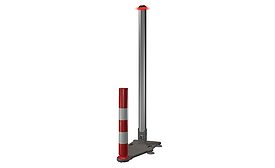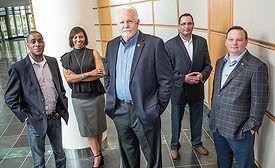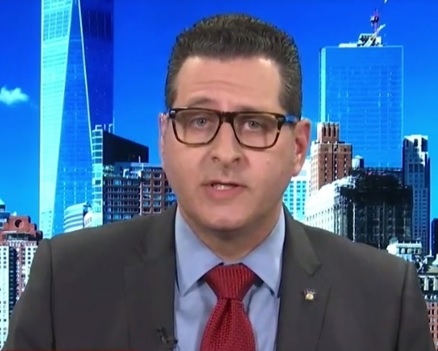Home » active shooter
Articles Tagged with ''active shooter''
How to Utilize the Homeland Security Exercise and Evaluation Program (HSEEP) Framework, Part 2
Read More
How to Promote Continuous Improvement in Threat Assessment Programs
How to Utilize the Homeland Security Exercise and Evaluation Program (HSEEP) Framework
August 15, 2018
Detects Mass Casualty Weapons
August 10, 2018
In a Day’s Work: The Fight to End Workplace Violence
How are Cox Enterprises and others effectively reducing the risk of workplace violence in their organizations?
August 2, 2018
Sign-up to receive top management & result-driven techniques in the industry.
Join over 20,000+ industry leaders who receive our premium content.
SIGN UP TODAY!Copyright ©2024. All Rights Reserved BNP Media.
Design, CMS, Hosting & Web Development :: ePublishing












